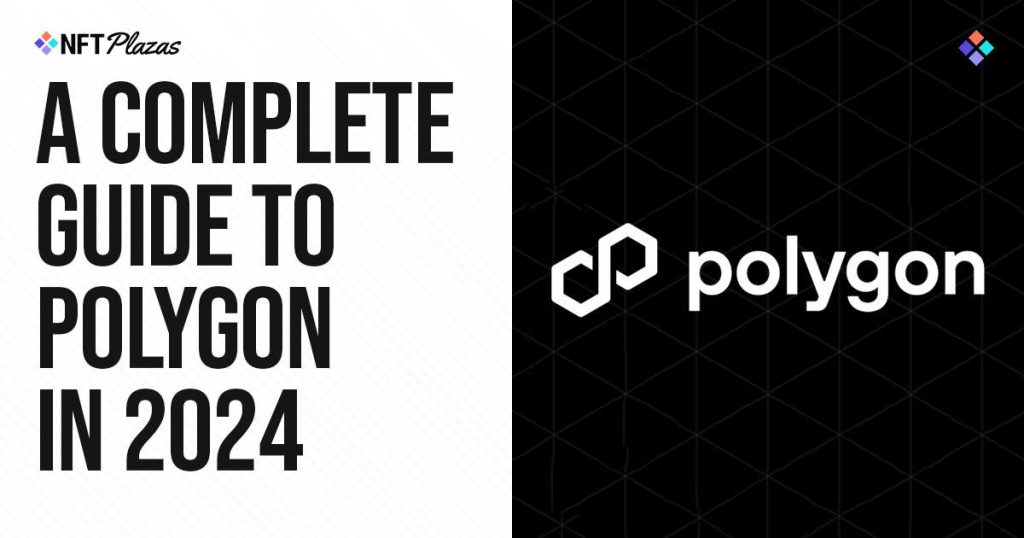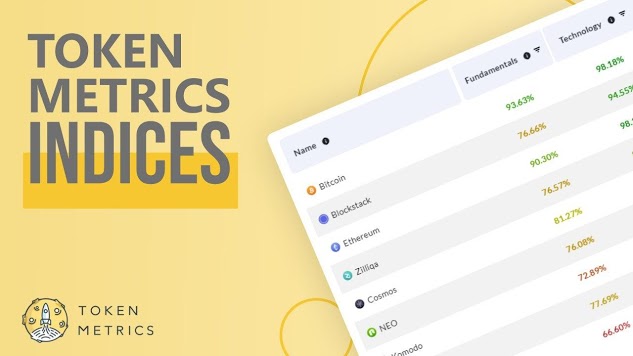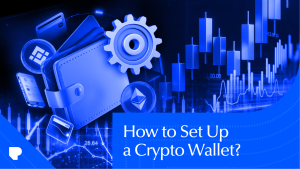A Complete Guide to Polygon in 2024

In the world of Ethereum Layer-2 blockchains, one name stands out for its popularity, big-name support and ubiquity – Polygon.
From entertainment and brand loyalty to gaming and ticketing, Polygon has become a go-to blockchain for developers looking to connect quality brands, apps and tools with the security and strength of Ethereum, delivering exquisite developer support, superb user experience, and the speeds, affordability and reliability you’d expect from an Ethereum Layer-2.
What has made Polygon into the giant it is today, and why should it be on your radar? Here’s our complete guide to Polygon in 2024.
 Source: Polygon
Source: PolygonWhat is Polygon?
Created in 2017 by Jaynti Kanani, Sandeep Nailwal, and Anurag Arjun – and originally known as the Matic Network – Polygon is an Ethereum Layer-2 blockchain.
Launching just a few months before CryptoKitties, the first widely-popular blockchain game, would slow Ethereum to a crawl, Polygon set out to build on Ethereum’s security and decentralised nature whilst offering a platform for high-volume apps to run smoothly, efficiently, and reliably.
Polygon was quickly picked-up by incoming blockchain developers, with the likes of 1inch, SushiSwap and Curve Finance all leveraging Polygon for DeFi tools, initiatives and platforms – and once NFTs entered the fold, numerous marketplaces were quick to provide support, such as OpenSea, Element and Magic Eden.
It’s native token, $MATIC (soon to be $POL), has been a top 50 cryptocurrency for much of its existence, sitting at #21 at the time of writing with a market cap of $4.1B USD. $MATIC counts as a governance token, allowing holders to both participate in and help to shape the future of the network.
2024 has been a big year for Polygon, as it saw more NFT transactions in a 24-hour period over Ethereum for the first time, injected $100M USD into Web3 gaming alongside fellow Ethereum Layer-2 Immutable, and pledged 1 billion $POL tokens over the next 10 years to promising blockchain projects – totalling $410M USD at the time of writing.

 Source: Polygon
Source: PolygonWhat makes Polygon unique?
On top of being one of the pioneering Ethereum Layer-2 blockchains, Polygon stands out for the huge number of big-name brands that are powering their Web3 offerings with the network.
Starbucks, Warner Music Group and Square Enix are just some of the massive names that have trusted Polygon as their blockchain of choice for entering the Web3 market, and Polygon has made a real reputation as the go-to blockchain for mainstream brands that are looking to expand their horizons.
On the technical side, Polygon makes use of “sidechains.” These are separate blockchains that run parallel to Ethereum, processing transactions independently before pushing them to the main Ethereum network, helping to both manage the load on Ethereum , and ensure that products and apps on Polygon operate smoothly and without issue.
Fees on Polygon are a fraction of those on Ethereum. At the time of writing, an ERC-20 token transfer costs around $1.68 USD on Ethereum, whilst it is less than 1 cent on Polygon, making it an attractive option for users and developers alike.

 Source: Polygon
Source: PolygonThe History of Polygon
Polygon began life in 2017 as the Matic Network, quickly gaining traction as one of the first publicly available Ethereum Layer-2 blockchains, acting as a major gateway for developers looking to build quality blockchain apps, games and tools.
The Polygon mainnet went live in 2020, leading to a surge of both developer and user interest – and by the time NFT market hit their all-time highs at the end of 2021, Polygon had firmly established itself as one of the leading Layer-2 solutions, with hundreds of dApps and millions of users around the world.
2022 and 2023 saw Polygon’s influence grow even further, as Meta (owners of the Facebook and Instagram social networks) announced that they’d be partnering with Polygon to allow for the integration of NFTs into their platforms – and although this was eventually cancelled as NFT interest cooled, it still signified Polygon’s position in the industry.
This period also saw a groundbreaking partnership between Polygon and fellow Ethereum Layer-2 Immutable – long considered to be rivals – to spearhead the development and adoption of Web3 gaming, leading to developments in zero-knowledge technology and ample support for developers.
2024 has seen Polygon continue to tread new ground in the blockchain space – although much more in the background than previously. Their partnership with ChainGPT has seen them experiment with AI integration in blockchain, whilst their acquisition of Toposware has furthered their research, development and product capacity in zero-knowledge technology.
Whether on the front page or behind the scenes, Polygon has been a consistent standard-bearer for blockchain technology, helping to bring countless brands, companies and users into the Web3 fold – and as we wrap up 2024 and head into 2025, Polygon is certain to continue leaving a sizeable mark on the blockchain industry.













